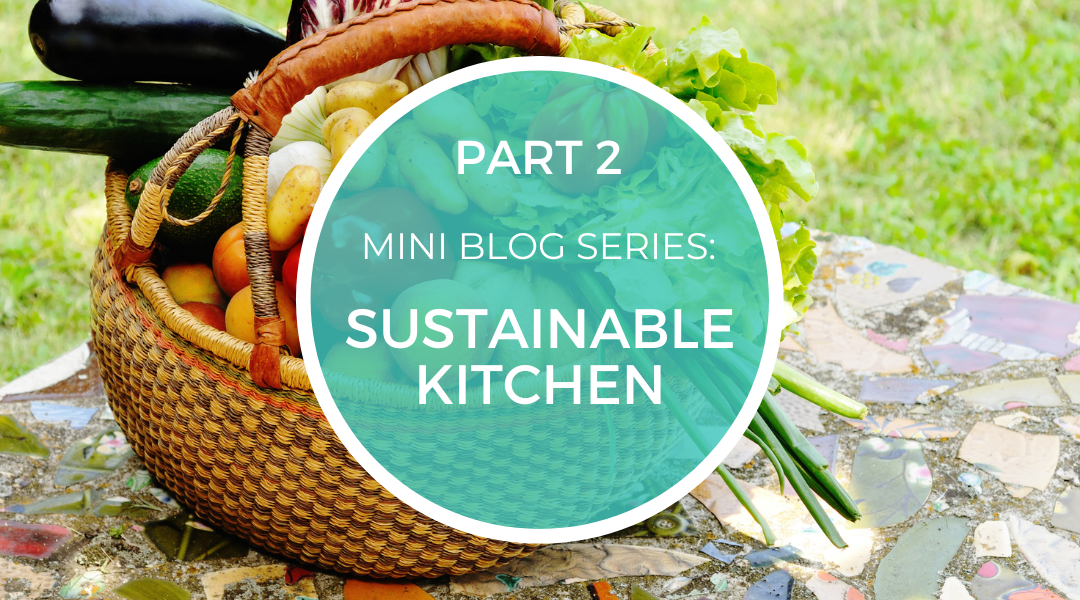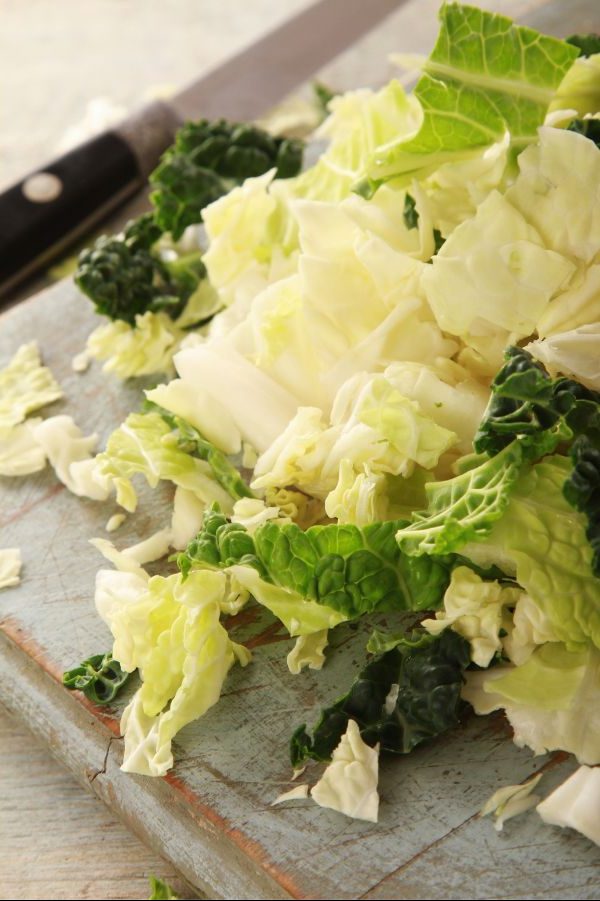
By Juliette Kellow, Registered Dietitian
Continued from Part 1 (keeping food cool) of our sustainable kitchen mini blog series, here Juliette Kellow explores the important role of prepping food.
Prep for the planet
Even with a weekly meal plan, it’s worth advising clients to get into the habit of a daily date fridge check so they can incorporate ingredients close to their ‘use by’ date in their meal prep or freeze them (Love Food Hate Waste Food provide freezing advice for many foods). ‘Best before’ dates affect food quality so it’s safe to eat foods past this date. However, ‘use by’ dates, found on foods that spoil quickly such as meat, milk and ready-prepared salad, are a safety mark and food shouldn’t be eaten past this date, even if it smells or looks fine.
The way food is prepared can help lower the amount of energy used during the cooking process, as well as reducing food waste and water use, so share these planet-friendly prep tips with clients…
- Prep for today, tomorrow and the freezer – doubling or tripling ingredients means cooking once but eating several times. Cooking more food doesn’t use much more energy than cooking just one meal but it saves overall as reheating the pre-prepared dishes takes less time and therefore uses less energy than cooking a new meal from scratch. Plus, a homemade freezer dinner can reduce the temptation to order expensive, less nutritious, and environmentally-unfriendly takeouts.
- Let frozen foods thaw in the fridge rather than using a microwave oven – this also helps to keep the fridge cool. If 50% of households made this change it would be equivalent to cutting 5,127 return flights from London to New York in a year! Thawing at room temperature isn’t recommended as it’s harder to keep food below 5°C – the point where bacteria start to quickly multiply, increasing the risk of food poisoning.
- Cut food into smaller pieces to reduce cooking time and therefore fuel use – cut large joints of meat into chunks or steaks; cut a whole chicken into thighs, legs, breasts and wings; chop potatoes into small pieces; slice veg thinly; and break cauliflower and broccoli into small florets.
- Don’t wash raw chicken or meat – data from the Food Standards Agency Food and You 2 Survey reveal 28% of people still wash poultry all or most of the time, and 22% wash beef, lamb and pork, despite advice against this practice as it can spread bacteria. It also unnecessarily uses water – a running tap uses around 6 litres of water in a minute. For vegetables and unpeeled potatoes that do need washing, clean them in a small bowl of water rather than under the tap.
- Consider whether electrical appliances to prep food are really needed – electric tin openers, hand mixers, blenders, food processors, juices and smoothie makers use electricity and often require more water to clean them than the non-electric equivalent. Would a hand whisk do? Could veg be chopped with a knife? Could fruit be eaten fresh rather than blended into a smoothie. Energy savings might only be small, but they all add up.
- Prepare perfect portions – statistics from WRAP show a quarter of food binned is due to cooking, preparing and serving too much. Love Food Hate Waste’s Portion Calculator is an invaluable tool for helping clients identify how much food to cook for their household.
 Use every bit of veg – skins, leaves, stalks, seeds and stems make meals go further, add fibre, vitamins, minerals and antioxidants to diets, and reduce food going into landfill. Some examples:
Use every bit of veg – skins, leaves, stalks, seeds and stems make meals go further, add fibre, vitamins, minerals and antioxidants to diets, and reduce food going into landfill. Some examples:
- Cook potatoes, carrots, parsnips, butternut squash and sweet potatoes with their skins.
- Chop and steam or stir fry cauliflower leaves.
- Add sliced broccoli stems to stir fries.
- Use diced leek tops in soups and casseroles.
- Add past-their-best herbs to stocks or sauces.
- Roast butternut squash seeds when the oven is next on.
Look out for the Part 3 coming next week.
YOU MAY ALSO BE INTERESTED IN:


 Use every bit of veg – skins, leaves, stalks, seeds and stems make meals go further, add fibre, vitamins, minerals and antioxidants to diets, and reduce food going into landfill. Some examples:
Use every bit of veg – skins, leaves, stalks, seeds and stems make meals go further, add fibre, vitamins, minerals and antioxidants to diets, and reduce food going into landfill. Some examples:




